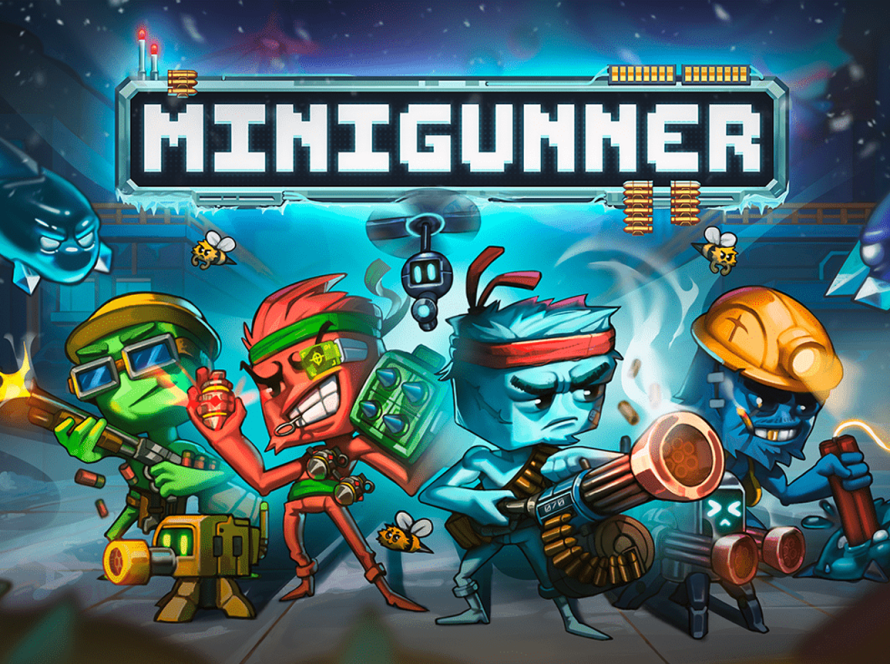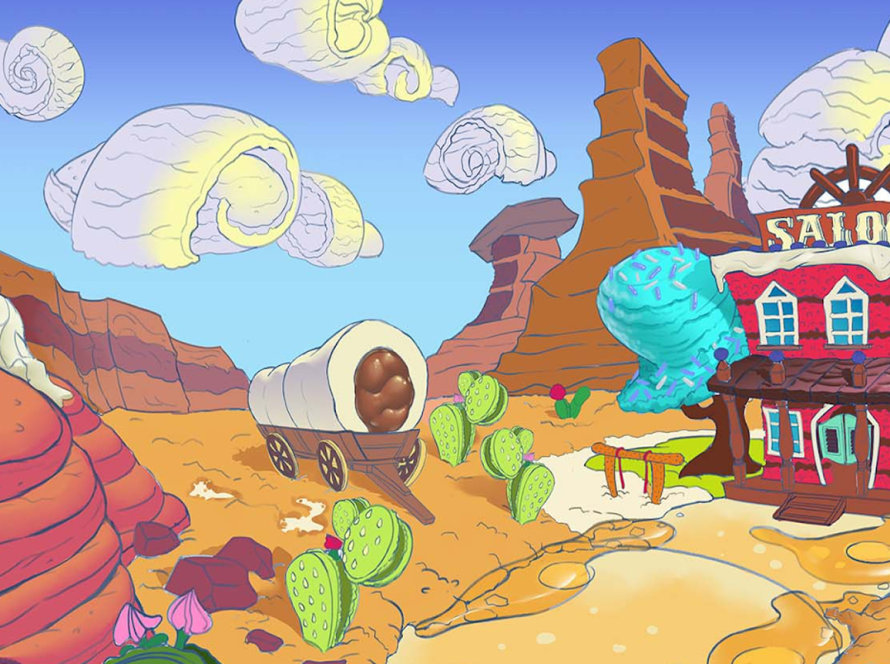Here are 7 steps to help you tell a story through character design. Pay close attention because each step is crucial to creating a complete character design.
1. Research
In character design, research plays a crucial role as a guiding principle for artists to smoothly complete their work. Generally, you need to conduct comprehensive research from various aspects related to the character, including real-life observations, source materials, films, images, and drawings.

For instance, if you need to design an animal character, researching a real-life subject is essential. Direct observation often provides natural inspiration, and gathering information from documentaries and images on the internet is equally important. Studying the successes and failures of past character designs enhances your understanding of their behaviors and movements.
In summary, research is the first step to shaping your path in the process of telling a story through character design. Invest time and effort in this stage to build a solid foundation for the subsequent steps.
2. User
Identifying the target audience for your character design is a crucial next step. The user experience determines the success or failure of the character. Suppose you create a grand character in a game, but players don’t resonate with it. In that case, your efforts may become futile.
Success in your design depends on a deep understanding of the target audience’s experience. Ask questions such as: Who is your target audience? What do they like?
For example, designing characters for mobile games aimed at children requires friendly, creatively colorful characters with simple designs for easy recognition. Tailor your character design to meet the preferences of your target audience.
3. Build a backstory for the character
Constructing a storyline for the character is a crucial step in telling a story through character design. This involves developing the character’s motivations, personality, and actions within the story context. Here’s a basic template for a character backstory:
The early life of the character:
- Family background: Explore the character’s family motivations, growing up in a supportive environment or facing challenges.
- Education: Examine the character’s childhood experiences, including education, relationships with siblings, and childhood friendships.
- Cultural influences: Understand how the character’s cultural background shapes their beliefs and values.
Significant life events:
- Failures and victories: Identify impactful events that deeply affect the character, whether tragic incidents or personal triumphs.
- Personal relationships: Explore love, friendship, and any significant relationships that have shaped the character.
Current circumstances of the character:
- Present situation: Briefly outline the character’s current situation at the beginning of the story. What are their immediate goals or challenges?
- Describe existing relationships with other important characters in the story.
Additionally, you can explore other elements such as the character’s secrets, beliefs, etc. Here, everything is ready for you to start telling a story through character design.
4. Make a Character Mood Board
Creating a mood board for the character involves selecting images to form an interesting and comprehensive visual representation of the character’s essence.
This includes choosing visual elements to reflect the character’s personality and creating a distinctive atmosphere for them in the story. A mood board helps make the character tangible and aids consistency in character descriptions over time.
Moreover, a mood board serves as a useful reference to maintain visual coherence in how to tell a story through character design. It can also be a source of inspiration during the creative process, stimulating your creativity by looking at images and colors.
5. Design character’s shape
Based on the analyses and resources above, start sketching the initial drawings. Begin with basic shapes to outline the character’s body. Circles, squares, and triangles form the foundation for different parts of the body such as the head, torso, and limbs.
Consider exaggerating certain features or proportions to make the character more visually interesting. This might involve elongating limbs, enlarging specific body parts, or emphasizing unique characteristics.
For example, if you want to portray a delicate and gentle character, you might design long slender legs. Experiment with shapes and iterate through the sketching process to find the best shape combination and highlight essential character features. Be creative and don’t hesitate.
6. Choose a color palette
Selecting a color palette is a crucial step in telling a story through character design. It significantly influences the visual impact and emotional tone of the character. The chosen color palette should align with the character’s personality, characteristics, and the overall feeling you want to convey.
Is your character bold, energetic, calm, gentle, mysterious, or vibrant? Each personality may be better suited to specific color combinations. For instance, red may symbolize passion or danger, while blue communicates calmness or reliability.
It’s essential to avoid overwhelming designs with too many colors. Limit your color palette to a few main colors and their shades. This helps maintain visual coherence and prevents a cluttered appearance.
7. Drawing characters
Utilize the previously determined character shape and chosen color palette to finalize the character design. Depending on the character’s complexity, you might need knowledge of anatomy. Pay attention to details like lighting, shadows, and corresponding highlights to bring the character to life and add depth.
Shape the character’s hairstyle, clothing, accessories, facial expressions, etc. Ensure a well-defined posture for the character. Review the entire image to ensure accuracy and that the character reflects the initial concept. At this point, your result is a fully realized character.
In Conclusion
In conclusion, we’ve shared with you “how to tell a story through character design?” Through these steps, 7SwordsGames hopes you can create many beloved game characters.




